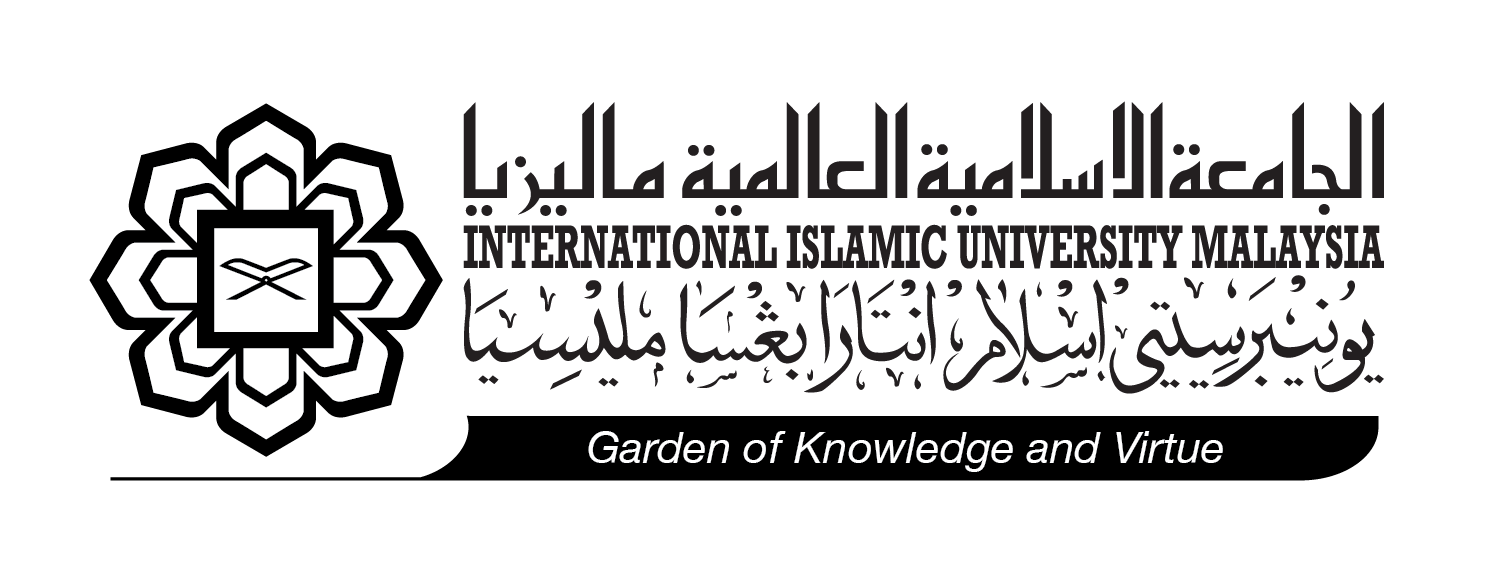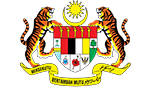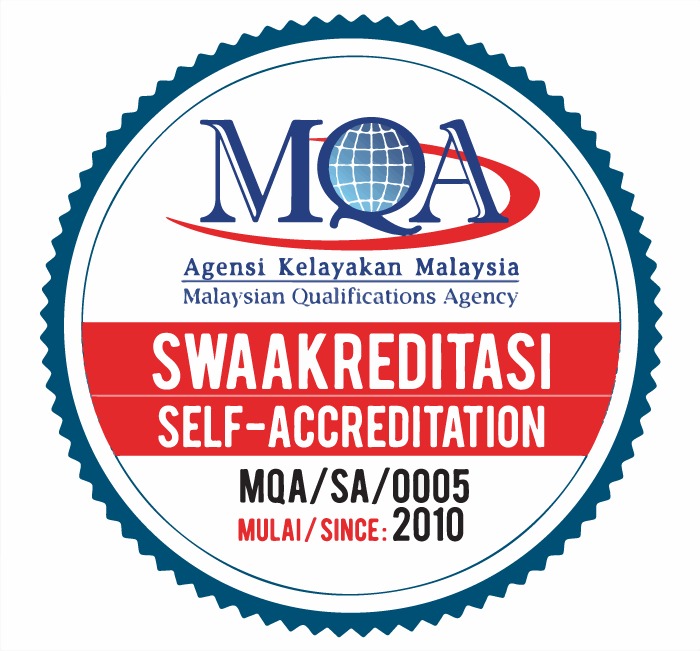Berita
Is Malaysia ready for full implementation of virtual learning?
Tarikh : 26 September 2020
Dilaporkan Oleh : Danial Yusof
Kategori : News
Tweet This
KUALA LUMPUR: If not for the incident that went viral involving Universiti Malaysia Sabah student Veveonah Mosibin, who was forced to climb a tree to get an Internet connection to sit for an online examination, most people would have remained blissfully unaware that not all Malaysians enjoy high-speed Internet access.
The implementation of the Movement Control Order on March 18 to stem the transmission of Covid-19 saw students embracing online teaching and facilitation (PdPc), and teaching and learning (PdP) tools via applications such as Zoom, Skype, MS Team, Google Hangout, Google Meet and WhatsApp.
Malaysian Educational Technology Association chairman Associate Prof Dr Mahizer Hamzah said the Covid-19 pandemic has unwittingly accelerated public acceptance of distance education.
“Prior to the MCO, the general feeling was that public acceptance of virtual learning would take much longer to accomplish,” he told Bernama.
School and university students, teachers, lecturers and parents have acknowledged online learning as one of the best approaches for PdPc and PdP given the current situation, said Mahizer, who is a senior lecturer at the Department of Educational Studies, Universiti Pendidikan Sultan Idris.
The pandemic, he added, has also unravelled various issues that require careful consideration should the Covid-19 crisis prolong and remote learning has to be implemented more widely.
“Among the issues are whether parents can afford to buy the necessary devices and provide Internet access for the use of their children and whether teachers are ready to fully implement online teaching and learning.
“Other things to look into are the availability of sufficient teaching materials, the scheduling system and other (learning) alternatives for students and teachers who don’t have access to the Internet,” he said.
Digital learning platform
Mahizer also said that to sustain online learning efforts, the special interest groups (SIG) established voluntarily by teachers are among the platforms that can support and encourage educators to publish their own online teaching materials.
Besides producing teaching videos for Education TV and EduWebTV, the Ministry of Education launched a digital learning platform known as Digital Educational Learning Initiative Malaysia (DELIMa) on June 15 to replace the Frog Virtual Learning Environment platform.
Mahizer views DELIMa as a step forward in digital learning and said it is not just a platform for the teaching and learning process but also serves as a space for sharing and collaboration among teachers.
The ministry’s strategic partners for the DELIMa initiative are Apple, Microsoft and Google.
For the long term, however, he sees the need to create a digital education platform that not only supports teaching and learning but also an assessment system that is appropriate to the educational needs of the country.
“Many teachers are still in need of guidance in terms of the technical aspect (of online education), as well as to come up with appropriate designs for the development of digital instructional materials. They also need a strong support system to assist them,” he added.
Stressing that the state-level educational resources and technology sector must be strengthened to provide training and guidance in the technical and instructional design field, Mahizer said district-level support centres equipped with facilities and qualified personnel should also be set up to assist teachers and schools to implement digital learning.
“A repository of digital learning materials should also be created for the purpose of collecting all digital materials developed by teachers so that they can be accessed by other teachers and students,” he added.
Fair for all
International Islamic University Malaysia (IIUM) rector Prof Emeritus Tan Sri Dzulkifli Abdul Razak, meanwhile, said many issues still need to be ironed out in order to ensure the effectiveness of the virtual learning delivery process.
He said although students and teachers have become more comfortable with the digital learning environment, it does not mean that the nation’s digital education is on the right track.
“The most important thing is to ensure every student has equal access to e-learning. It’s not fair if we have students living in rural and interior areas who lack Internet access or urban students who cannot afford high-speed Internet service.
“Just imagine, if virtual learning or any other new technique is implemented fully, the underprivileged groups will be left behind,” he said.
On the effectiveness of online PdPc and PdP, Dzulkifli said besides the issue of Internet access and speed, emphasis must also be given to the method of assessing the performance of students.
He said this is where the integrity and trustworthiness of the students and teachers will be tested because in the new normal environment, the final examination and course work (particularly for institutions of higher learning and universities) will no longer solely determine a student’s performance.
“There can be problems if they have to sit for a virtual open book examination because there have been proven cases where others answered the questions (on behalf of the students).
“This has not only happened in Malaysia but also in other countries that implement virtual learning,” he added.
Support high-speed Internet access
Associate Prof Dr Wan Marzuki Wan Jaafar from the Faculty of Educational Studies at Universiti Putra Malaysia said to encourage remote education, the development of infrastructure to support high-speed Internet access must be stepped up to avoid disruptions due to weak connections.
“Students must use appropriate devices that should always be in good condition. They include high-quality computers, web cameras and microphones as these devices are important to ensure there’s no disruption in communication,” he said, adding that focus must also be given to the use of appropriate software.
Urging the government and Internet service providers to upgrade existing broadband cellular network technology from 4G to 5G, Wan Marzuki said educators should also constantly update their knowledge and learn new skills pertaining to the use of computer hardware and software so that they can prepare appropriate teaching materials.
“They also have to be creative and innovative in handling online PdPc and PdP platforms in order to draw the attention of students and motivate them to continue studying,” he added.
Around the world
A report published by the United Nations children’s fund (UNICEF) last month stated that at least one-third of the world’s schoolchildren have been unable to access virtual education amid the Covid-19 pandemic.
It said an estimated 463 million children worldwide lack the equipment or Internet access to allow them to pursue online learning.
The report is based on data gathered from about 100 countries, measuring public access to the Internet, television and radio. It also underlined gaping geographical differences in children’s access to remote learning with fewer affected in Europe than in Africa and several parts of Asia.
Among students unable to access virtual learning, 67 million are from eastern and southern Africa, 54 million in western and central Africa, 80 million in the Pacific and East Asia, 147 million in South Asia and 13 million in Latin America and the Caribbean.
According to the UNICEF report, children with access to distance education have to contend with other hurdles such as lack of space to study at home or lack of technical support. – Bernama








